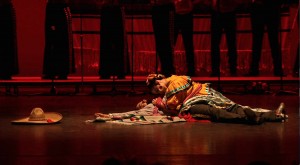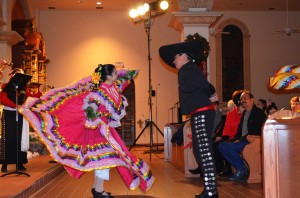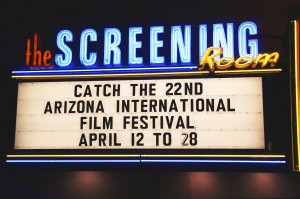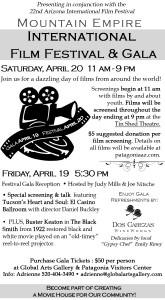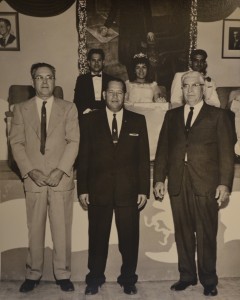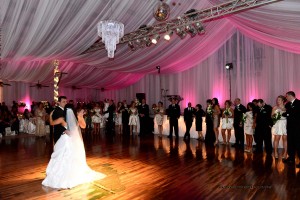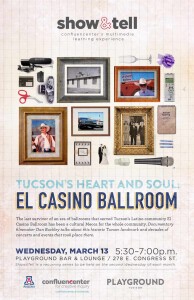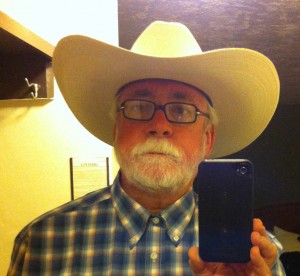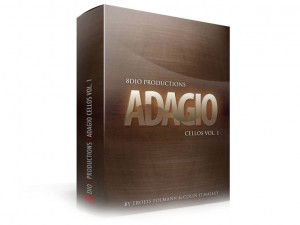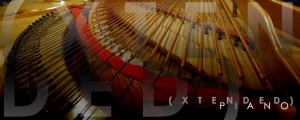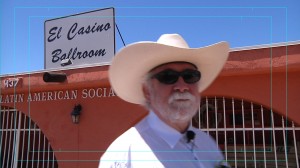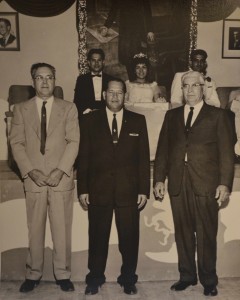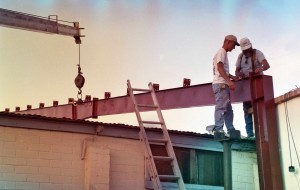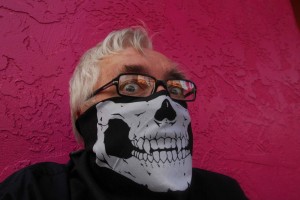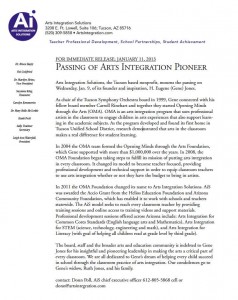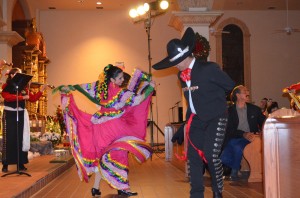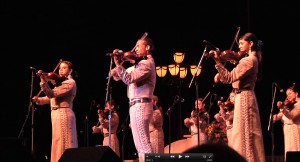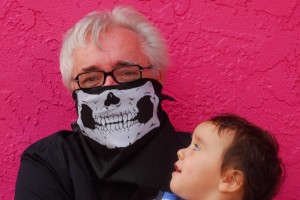 The term Totentanz translates to Dance of the Dead.
The term Totentanz translates to Dance of the Dead.
The most famous of these is Hungarian classical composer Franz Liszt’s brilliant and virtuosic set of variations on Dies Irae, written for piano and orchestra. The plainsong Dies Irae is the famous Gregorian chant from the mass of the dead.
Composer Daniel Buckley’s Totentanzes are a series of dance works incorporating audio recordings from the Jonestown tragedy, in which 900-plus people took their lives or were murdered at Jonestown in the Guayanese jungle on Novemeber 18, 1978. Hundreds of audio recordings are available of Rev. Jim Jones and his followers from both before the move to Guayana, and after. There is even a recording of the people taking the cyanide-laced Kool Aid that killed most of them. In 2009, the Jonestown Institute turned over copies of all of the recordings found by the FBI after the Jonestown tragedy, as well as recordings contributed by family members in the years that followed.
1978 was the height of the disco era back in the states and around much of the world. The Bee Gees’ “Stayin’ Alive” had been the number one Billboard hit just weeks before the Jonestown incident. Jones himself had an Earth, Wind and Fire style funk band at Jonestown called the Jonestown Express that covered popular hits of the day, sometimes changing the lyrics to glorify Jones or Jonestown.

Tapes found by the FBI at Jonestown
Buckley’s Totentanzes will incorporate these audio recordings in various ways, as well as strictly instrumental compositions and songs using the composer’s lyrics. As a body of work, they are a means to an end – the study materials for blending popular and classical styles, working toward the outcome of a new opera about Jonestown.
But they are also meant to be a body of work of their own that will bridge night club and classical recital environments. As such they are another means to a different end – that of engaging different audiences in a project that at first glance might seem a tough sell. Just as Jones’ preaching brought together people of diverse ages, ethnicities and backgrounds, so Buckley is working to entice an unlikely audience to engage in the story and learn about a shadowy moment in fairly recent history.
While not using the title Totentanzes before, Buckley toyed with the concept while composing his string quartet, “Soul Seduction: A Jonestown Scrapbook” for the Kronos Quartet in the mid-1990s. With a nod to Lizst’s Totentanz, and to works of other classical composers, Buckley wove his own set of variations on the plainchant “Dies Irae” into the cello part of the final movement of the piece.
It is almost certain that this historic theme will find its way into some portion of Buckley’s new Totentanzes, as well as the resulting opera.
The Jonestown audio recordings, and other spoken word works, have been a major chunk of Buckley’s musical pursuits for decades.
Below are some examples of Jonestown-specific works, as well as a link to more recent experimentation using the Jonestown audio tapes with more modern software and techniques.
• Here are a few fairly straight treatments of materials from the Jonestown tapes, from various decades. •
During the early 1990s Buckley started working with his first “professional” sampler – the Ensoniq EPS. Heavily hampered by its lack of memory, one had to learn to work around its limitations by creating short samples and transposing the pitch downward to achieve a sense of elongation and duration. “Jonestown Swings,” an instrumental work, here excerpted, strives to create the eerie sound of abandoned playground equipment blowing in the wind in the wake of the Jonestown tragedy.
In the late 1980s and early 1990s, Buckley was using Casio SK-5 8-bit sampling technology as cheesy instruments in conjunction with phrases from the Jonestown tapes. As the 1990s started, his concept of how to musically approach the Jonestown materials was also in transition. Jones was, after all, a man who appeared to be one thing but actually was something far darker. Using traditional Hungarian modes a la Bartok, Buckley was trying to project this underlying sense of menace behind Jones’ comforting words. “Think Back” for Casio piano and the voice of Jim Jones is an example of this phase of work.
In the mid-1990s, Buckley was approached by Kronos Quartet first violinist David Harrington to write a string quartet for the group using elements from the Jonestown tapes. Harrington was compiling music for a CD of music that used spoken word and string quartet. In late 1996, Buckley delivered the four-movement “Soul Seduction: A Jonestown Scrapbook.” Unfortunately a series of personal tragedies within the group that coincided with the delivery of the piece, and it has remained unperformed. The realization heard here is from a mid-1990s sampling keyboard mockup.
Like “Think Back,” Soul Seduction” uses Hungarian modes to generate the desired air of creepiness. But unlike the elastic-metered “Think Back,” “Soul Seduction” is scored in the form of three funk movements and an opening African-inspired movement. The “story telling” in each section is linear – in other words, it follows the progression of the original tapes to a large degree.
Movement Two draws its material from a night when Jones was browbeating an elderly African American follower for wanting to go back to visit his family.
Movement Four pulls material from a “white night” – basically a dress rehearsal for the inevitable mass suicide – during which Jones whips his followers into a frenzy, convincing them that they are about to be attacked by armed forces from the U.S. Like many classical works before it, the movement quotes the “Dies Irae” (Day of Wrath) Gregorian plainchant from the mass of the dead.
“Totentanz 1,” presented in excerpt, is a piece from 2008 written as a sketch toward what will become an early piece in the Jonestown Opera. Dramatically the opera unfolds as a flashback on Reverend Jim Jones’ life that begins after he is shot to death, at the start of the opera. At that point, a Day of the Dead flamenco dance takes place around Jones’ body. Scored for orchestral percussion, Jonestown voices and solo violin. A “totentanz” is a dance of death, frequently using the Gregorian “Dies Irae” (Day of Wrath) chant from the mass of the dead. The most famous totentanz is Franz Liszt’s remarkable variations on Dies Irae for piano and orchestra.
“Dark Sparkly” is another of the Totentanzes, composed in 2008. The piece uses much of the same story line material as the fourth movement of the “Soul Seduction” string quartet. Musically it’s a dark disco piece with power-chord rock guitars, synthesizers and orchestral winds and brass.
What is termed for now the “Choral Montage” is a sketch toward what will eventual become the overture to the Jonestown opera. Scored for massed voices and orchestral percussion, the sketch is from 2008.
“Danza 1,” here excerpted, is an instrumental sketch for another of the Jonestown Totentanzes. What it is!
“Twilight,” from late 2010, combines sampling with formant analysis to create a mix of “real” and synthesized sounds. Originally scored for clarinet, harp and tympani, the tympani track was later process using formant shaping technology to produce a sound somewhere between synthesizers and strings. The instrumental piece is intended as a dramatic interlude to be played as dawn breaks on the morning of the final day at Jonestown. Followers of Jones have been passing messages to Congressman Leo Ryan’s staff all night, saying that they want to leave with him in the morning. When they attempt to do so, they are murdered along with the congressman, and Jones convinces those who stayed that their only course is suicide. The music for the dawn of the final morning is beautiful at first, then foreboding.
All rights reserved, Saguaro Furnace music publishing.
Posted in Daniel Buckley Arts, Daniel Buckley Music, Jonestown progress, Uncategorized
Tags: Classical, dance music, Daniel Buckley, Jonestown, opera, totentanz

